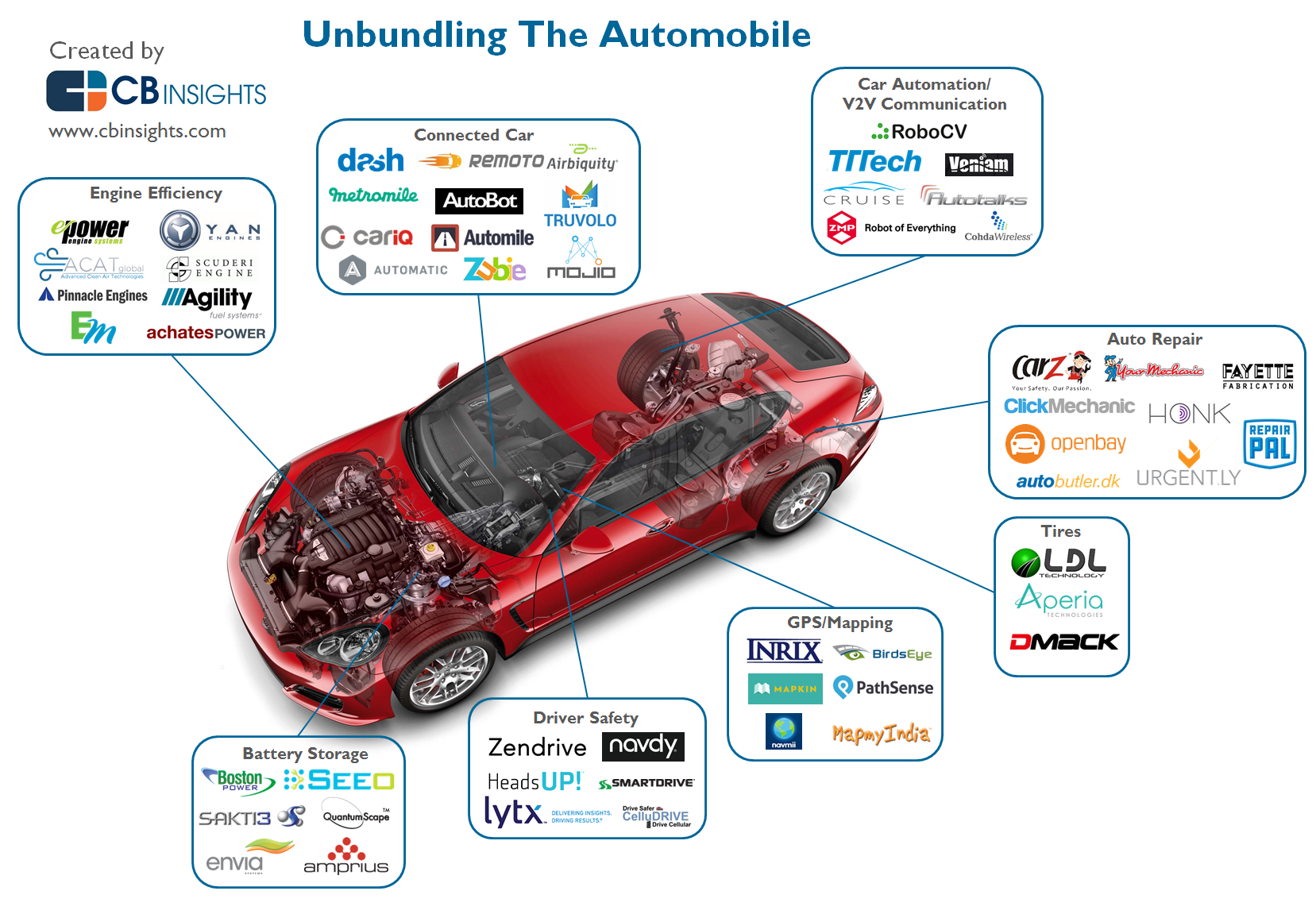Wondering About The Meaning Behind Those Control Panel Caution Lights? Gain Understandings Right Into Their Ramifications For Your Car'S Safety And Upkeep
Wondering About The Meaning Behind Those Control Panel Caution Lights? Gain Understandings Right Into Their Ramifications For Your Car'S Safety And Upkeep
Blog Article
Web Content Created By-Vinson Forbes
When you lag the wheel, those radiant caution lights on your dashboard can be a bit puzzling. Do you recognize what they're trying to tell you concerning your auto's health? Comprehending the relevance of these lights is vital for your safety and security and the durability of your automobile. So, the following time among those lights appears, would not you intend to decipher its message precisely and take the necessary actions to address it?
Common Caution Lights and Interpretations
Recognize typical warning lights in your cars and truck and recognize their meanings to ensure safe driving.
The most common warning lights consist of the check engine light, which indicates issues with the engine or emissions system. If this light begins, it's crucial to have your vehicle examined promptly.
The oil stress cautioning light shows reduced oil stress, requiring instant interest to stop engine damages.
A flashing battery light could suggest a malfunctioning billing system, potentially leaving you stranded otherwise attended to.
https://www.fdacs.gov/Business-Services/Motor-Vehicle-Repair tracking system (TPMS) light signals you to reduced tire pressure, influencing lorry security and fuel effectiveness. Overlooking this can lead to hazardous driving conditions.
The abdominal muscle light indicates a problem with the anti-lock stopping system, jeopardizing your capability to quit promptly in emergency situations.
Finally, the coolant temperature advising light warns of engine getting too hot, which can cause serious damage if not fixed promptly.
Recognizing these usual caution lights will assist you address issues without delay and maintain secure driving conditions.
Relevance of Prompt Focus
Comprehending the common caution lights in your car is just the initial step; the value of immediately attending to these cautions can not be stressed enough to guarantee your safety when driving.
When a warning light brightens on your dashboard, it's your auto's way of communicating a potential issue that requires attention. Overlooking these warnings can result in a lot more extreme issues later on, endangering your security and potentially costing you extra out of commission.
Prompt focus to cautioning lights can stop malfunctions and crashes. For instance, a blinking check engine light might indicate a misfire that, if left neglected, could trigger damages to the catalytic converter. Resolving this quickly can conserve you from an expensive repair work.
Likewise, a brake system warning light could signify reduced brake liquid or worn brake pads, essential components for your security when driving.
DIY Troubleshooting Tips
If you observe a caution light on your dashboard, there are a few do it yourself troubleshooting pointers you can attempt before looking for expert aid.
The initial step is to consult your cars and truck's handbook to understand what the specific warning light shows. Often the issue can be as straightforward as a loose gas cap setting off the check engine light. Tightening the gas cap might deal with the issue.
Another usual issue is a low battery, which can cause different warning lights. Inspecting please click the up coming document for corrosion and ensuring they're protected might take care of the trouble.
If a caution light lingers, you can attempt resetting it by detaching the vehicle's battery for a few minutes and after that reconnecting it. Furthermore, checking your lorry's liquid levels, such as oil, coolant, and brake liquid, can assist troubleshoot cautioning lights related to these systems.
Final thought
In conclusion, comprehending your vehicle's warning lights is essential for maintaining your vehicle running smoothly and securely. By quickly resolving these informs and recognizing what they indicate, you can stay clear of costly fixings and possible breakdowns.
Keep in mind to consult your vehicle's guidebook for certain details on each cautioning light and take action as necessary to guarantee a hassle-free driving experience.
Remain informed, stay risk-free when driving!
